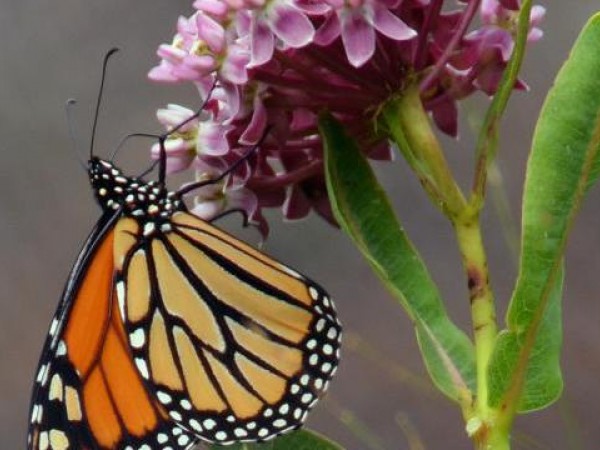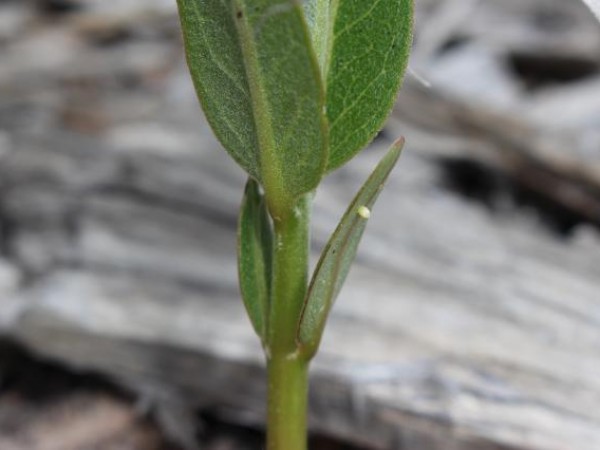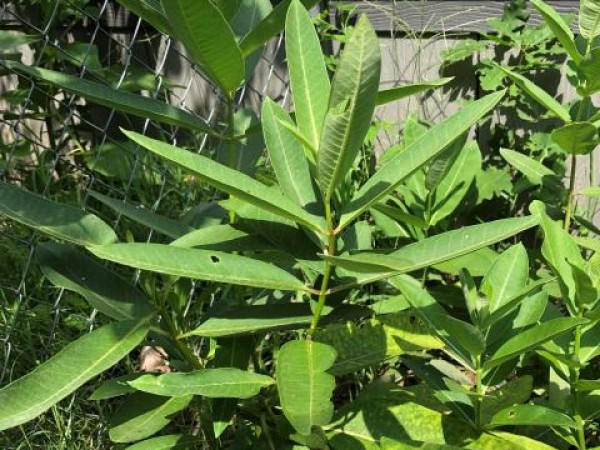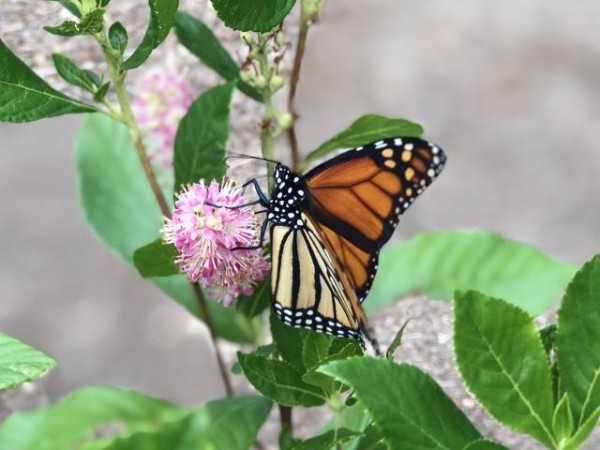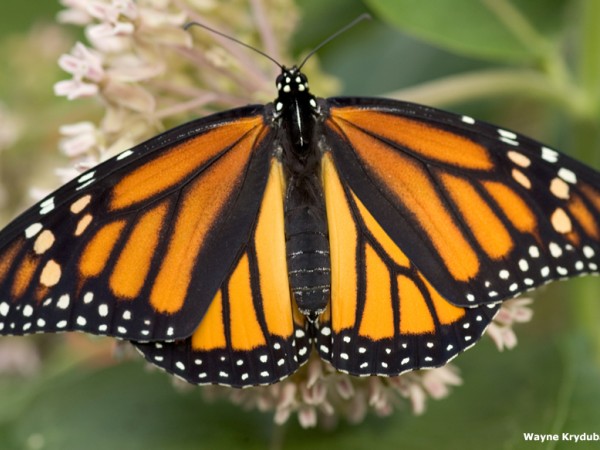What To Report: Monitoring Overwintering Monarchs In Southeastern U.S.
If you live in Texas, Louisiana, Mississippi, Alabama, and Florida as well as Georgia, South Carolina and North Carolina, Journey North has a special invitation for you. Not all monarchs migrate to Mexico. Some breed throughout the winter in the southern U.S., and scattered reports show that other monarchs might overwinter here in the U.S. in a non-reproductive state. Researchers and others studying monarchs seek your help to understand this phenomenon.
What to Report
There are three types of observations you can submit to Journey North:
1. Report -- "Monarch Adult Sighted"
What? Number of adult monarchs observed during one, 15-minute time period.
When? From November 2023 to March 2024.
How often? Once a week from same location if monarchs are present.
Photos? Yes, upload one photograph for each report submitted. Photos are extremely helpful in verifying your monarch sightings.
Comments? Yes, if possible, provide answers to these questions:
- Were monarchs flying?
- Nectaring? From what flowers?
- Basking/resting in the sun? On what bush or tree?
*NOTE: Please do NOT use the "Monarch Adult (FIRST Sighted)" reporting category. These "first" observations are reserved for the monarch population that overwinters in Mexico. In the spring, first sightings of migrating monarch butterflies usually occur in end-February or early-March.
2. Report -- "Monarch Egg"
What? Monarch eggs observed from one location. You do not need to count eggs. Presence of eggs will tell us if breeding is occurring.
When? From November 2023 to March 2024.
How often? Once a week from same location if eggs are present.
Photos? Yes, upload one photograph for each report submitted.
Comments? Yes, please tell us what milkweed species you observed the monarch egg.
*NOTE: Please do NOT use the "Monarch Egg (FIRST Sighted)" reporting category. These "first" observations are reserved for the monarch population that overwinters in Mexico. In the spring, "first" egg sightings for the migrating monarch population usually occur in end-February or early-March.
3. Report -- "Monarch Larva"
What? Monarch larvae observed from one location. You do not need to count larvae. Presence alone will tell us if breeding is occurring.
When? From November 2023 to March 2024.
How often? Once a week from same location if larvae are present.
Photos? Yes, upload one photograph for each report submitted.
Comments? Yes, tell us what species of milkweed you observed the monarch larva.
*NOTE: Please do NOT use the "Monarch Larva (FIRST Sighted)" reporting category. These "first" observations are reserved for the monarch population that overwinters in Mexico. In the spring, "first" larva sightings for the migrating monarch population usually occur in end-February or early-March.
4. Report -- "Milkweed Sighted"
What? Milkweed observed from one location. You do not need to count milkweed stems.
When? From November 2023 to March 2024.
How often? Once a month week from same location if milkweed is present.
Photos? Yes, upload one photograph for each report submitted.
Comments? Yes, please tell us what species of milkweed you observed.
*NOTE: While reports of winter milkweed provide useful information about potential habitat for monarchs, please do not plant milkweed in the winter. Certain populations of monarchs in the Southeastern U.S. have high rates of a wing-deforming parasite known as OE. Migration tends to weed out unhealthy individuals, but some monarchs in this region never migrate. Researchers suspect tropical milkweed is part of the problem. This milkweed species flowers year-round in warmer areas, so monarchs don’t get the signals to migrate.


